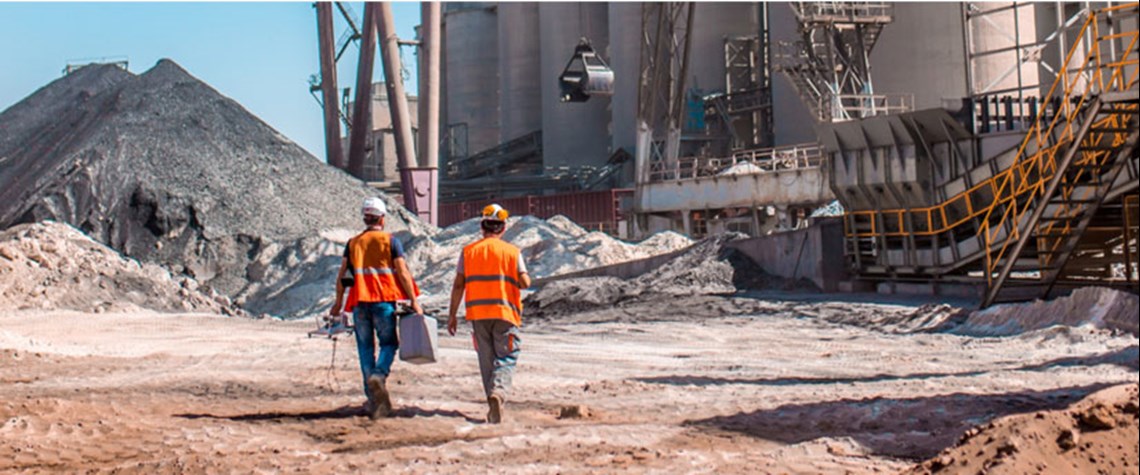Batteries, hydrogen and CCS key to transition
Reaching net-zero emissions will require widespread deployment of all three technologies
Batteries, hydrogen and carbon capture and storage (CCS) will each need to gain traction across a range of sectors to deliver the energy transition and meet net-zero emissions targets, according to speakers at a Rystad Energy event yesterday. “There are really three enabling technologies for the energy transition to happen: that is, batteries, hydrogen and CCS,” says Rystad Energy CEO Jarand Rystad. “What we saw last year was incredible growth in the market” Knudsen, Aker Batteries are the most advanced of the three transition technologies, but global production will need to scale up to meet demand for electrification of transport and for energy storage. Global battery capacity will

Also in this section
28 November 2025
The launch of the bloc’s emissions trading system in 2005 was a pioneering step, but as the scheme hits 21 its impact as a driver of decarbonisation is still open to debate
18 November 2025
Vicki Hollub, president and CEO of Occidental, has been selected as the 2026 recipient of the Dewhurst Award, the highest honour bestowed by WPC Energy. The Dewhurst Award celebrates exceptional leadership, groundbreaking innovation and a lifetime of significant achievements in sup-port of the development and advancement of the energy industry.
11 November 2025
Transition policies must recognise that significant industrial demand for carbon will continue even as economies hit net zero
6 November 2025
After years of pursuing ideologically driven climate leadership, Western powers are now stepping back under mounting political pressure and rising populist opposition—prompting concern essential climate action could be sidelined







